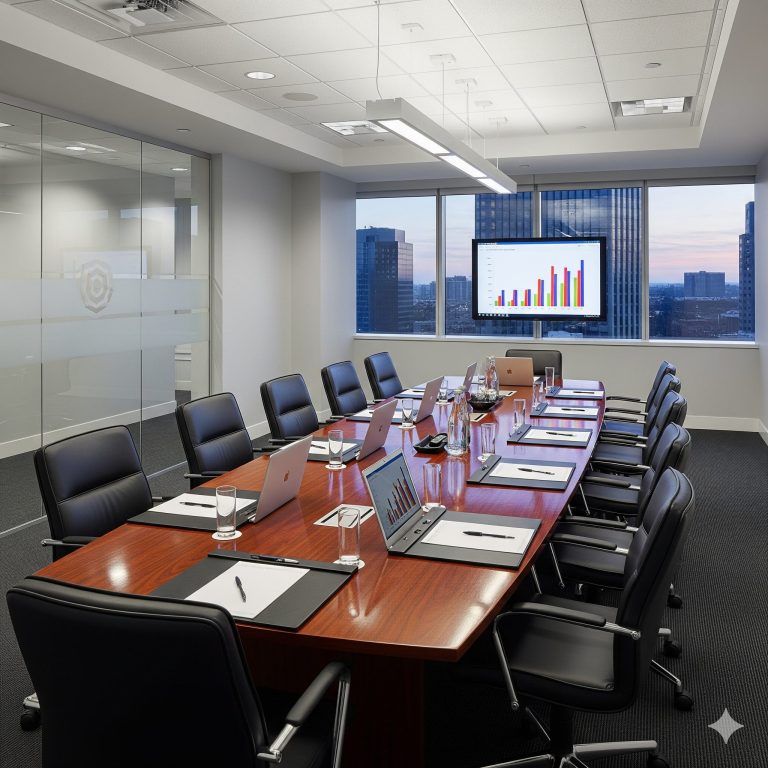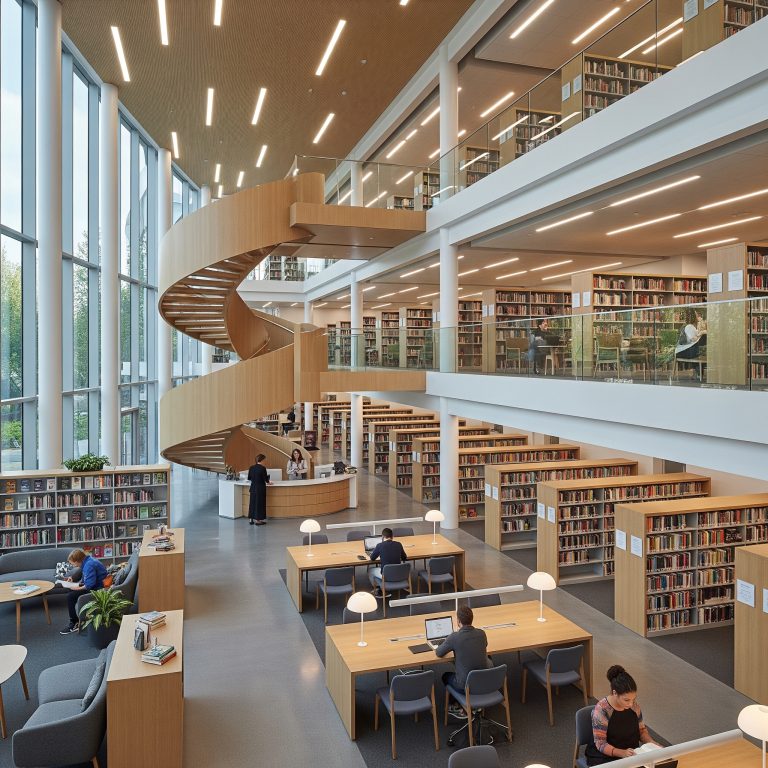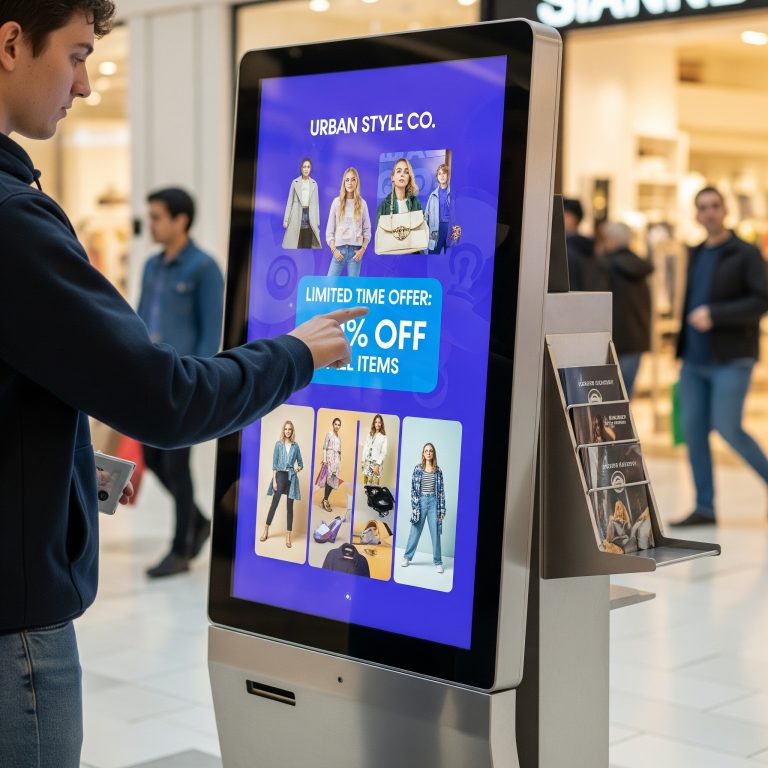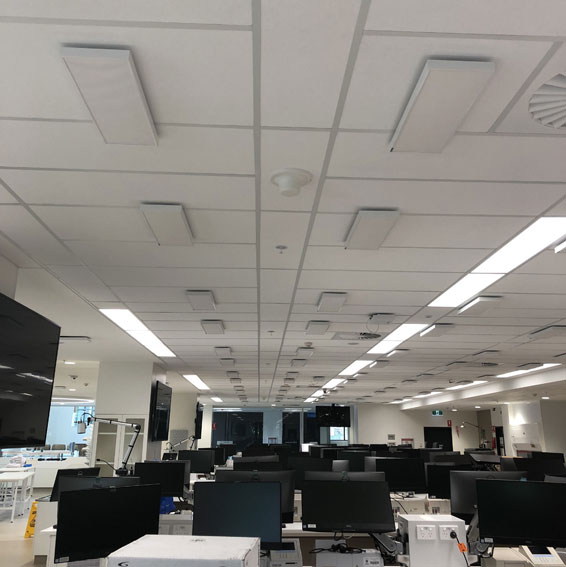Directional audio allows you to create zones of audio and focus it to just one person or a large group, which is ideal when you want to project sound precisely where it is needed, rather than interfering with the surrounding areas and neighbours. The speakers ensure that they direct the right amount of sound to the designated area even in challenging environments.
Here are some of the applications that maximise the value of directional speakers:
1. Digital signage:
The digital out of home (DOOH) market has grown fast, with increasing numbers of screens and customer touch points being rolled out. Adding audio to these installations can add a new dimension to the creative possibilities…
- Attract and excite shoppers with directional sound, without the noise bleed.
- Maintain peace and quiet while still providing sound where it is needed.
- Illuminate products aurally using directional speakers.
- Allow multimedia in difficult or sensitive areas.
2. Kiosks:
Now you can optimise your kiosks presentational abilities with isolated audio.
Kiosk solutions are typically designed to educate or generate revenue with little or no interaction with a customer services representative, by being self- sufficient they significantly increase the effectiveness of the kiosk.
You’ll never have to worry about an employee turning down or even turning off your kiosk again.
With directional speakers, customers can hear every bit of your message, yet other customers and employees; just a few steps away will be left completely undisturbed.
3. Retail:
A recent directional speaker installation in a supermarket delivered a sales increase of 130% in 2 days!
- Target specific displays areas or audiences with directional sound.
- Use focused sound to avoid filling the entire store with unpleasant noise.
- Simple installation with a clean, attractive look.
- Low cost, large potential return on investment.
4. Trade shows/ Exhibitions:
Trade shoes are noisy places, with a lot of background noise and competing sounds. If you want your visitors to hear what you have to say, then you can make sure the sound is focussed on them eliminating the need for isolation and uncomfortable headphones.
5. Museums & Visitor Attractions:
Providing an audio solution for a museum is fraught with challenges. Many times the spaces are open with little or no acoustic isolation between exhibits. There are usually multiple sound sources in close proximity, and with aesthetic and budget constraints, the exhibit design may be limited or may dictate the placement of the sound source. Add to that, the desire to control the audio or eliminate audio spill and it is enough to make a museum director’s head spin. Directional audio can help resolve these issues. 75% of all US museums already have them installed.wrong.
6. Education:
Directional speakers keep audio focused to specific zones, even in quiet library environments. Directional speakers are also used in a variety of video conferencing applications in education environments.
7. Hospitals:
Directional speakers are vital to hospitals where patients and visitors cannot be disturbed. Our speakers are used in reception areas, interactive displays, patient and visitor check-in and waiting areas, hallways, surgical rooms, control rooms and private patient beds. A particularly common use is in chemotherapy stations, where patients have several hours to wait, and by using focussed speakers connected to TV screens, this difficult time can be passed watching box sets or the TV. All without disturbing their fellow patients.
8. Outdoor:
Many directional speakers can be manufactured for outdoor use. A proprietary weatherization process protests the speakers even in the toughest environments.
9. Video Gaming:
With directional speakers mounted over a row of interactive games, a player will hear the audio, yet remain undisturbed by their neighbour’s games just a few feet away. Directional speakers are the ideal alternative to headphones, which can be easily damaged. In addition, our speakers eliminate the hygiene concerns associated with shared headphones.
10. Creative Experiential Marketing:
For creative marketing campaigns, directional audio technology is currently used throughout the world to reach consumers through a wide range of mediums.
- Push the limits of traditional marketing.
- Incorporate focused sound where previously not possible.
- Keep your marketing projects on the cutting edge.
Discover which directional speaker matches your requirements
Answer a few questions to learn what’s best for you…





